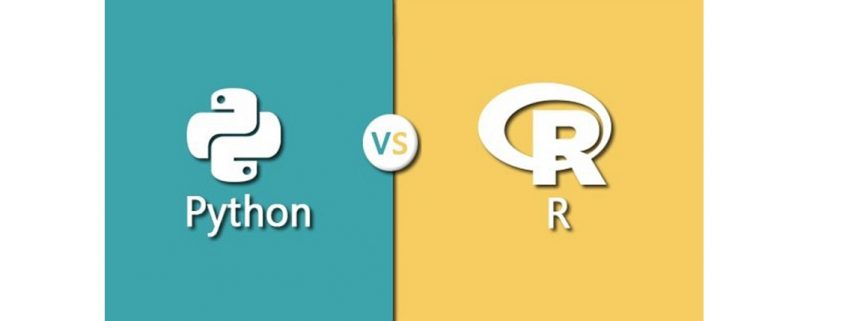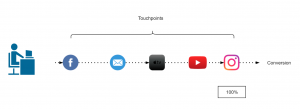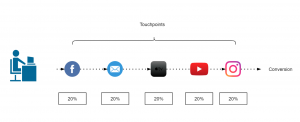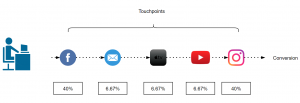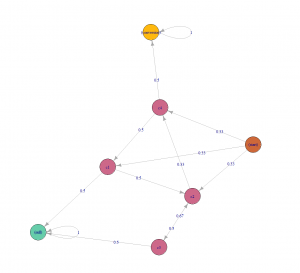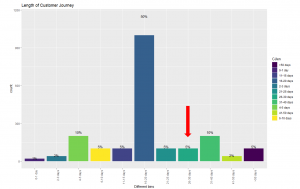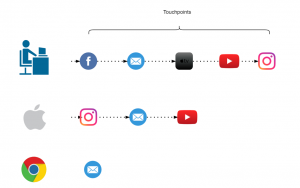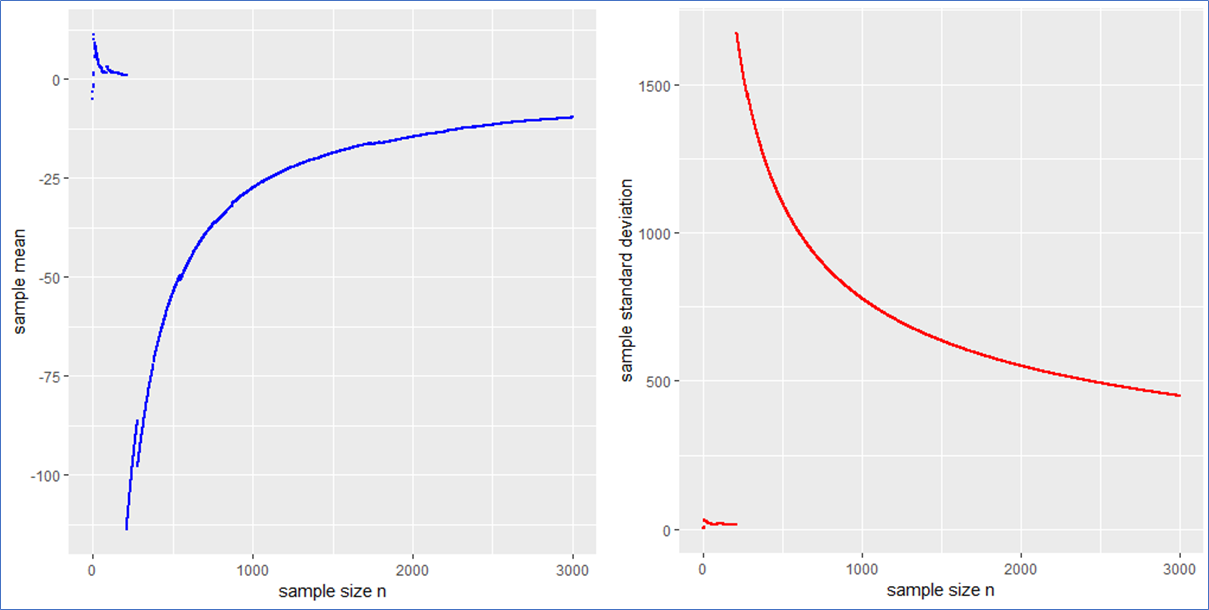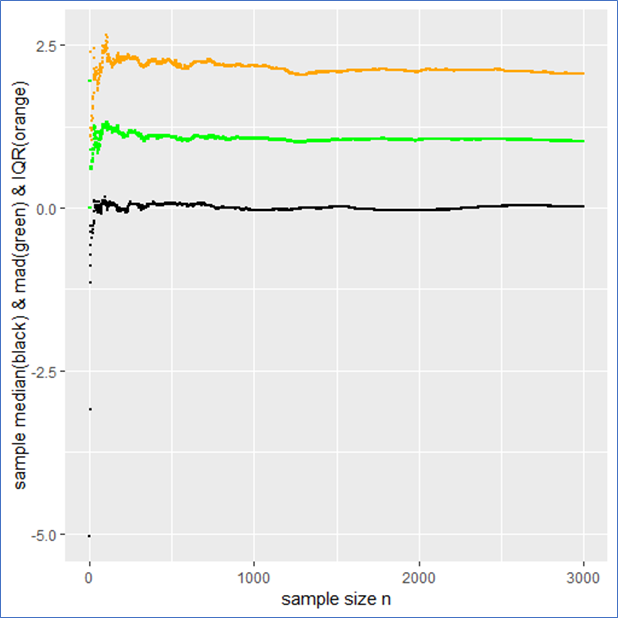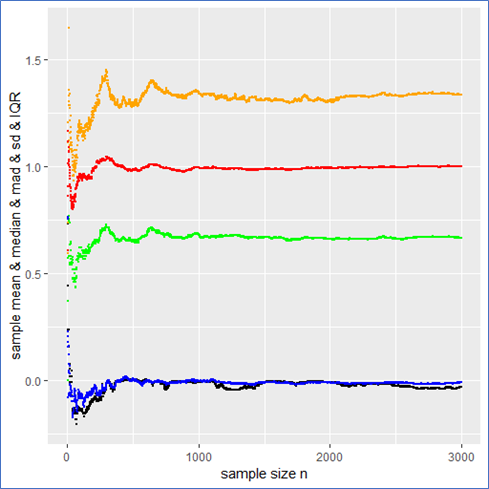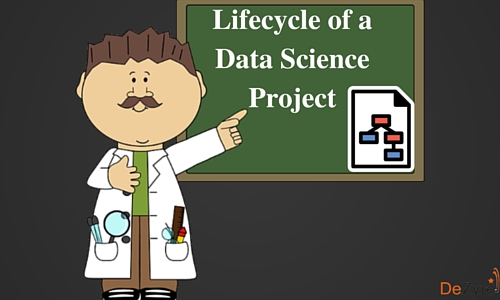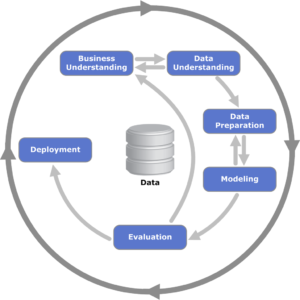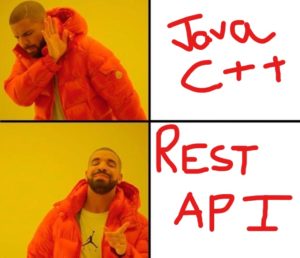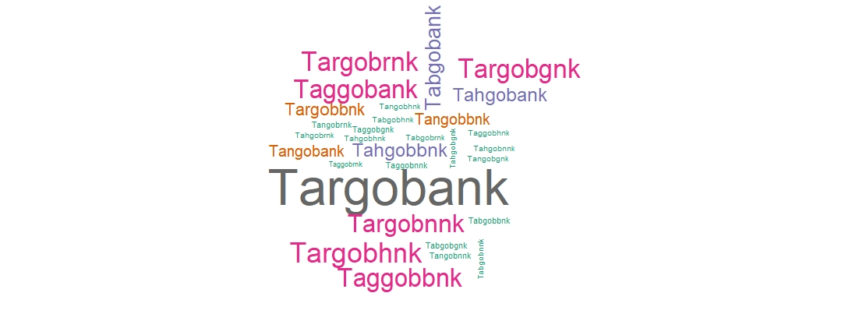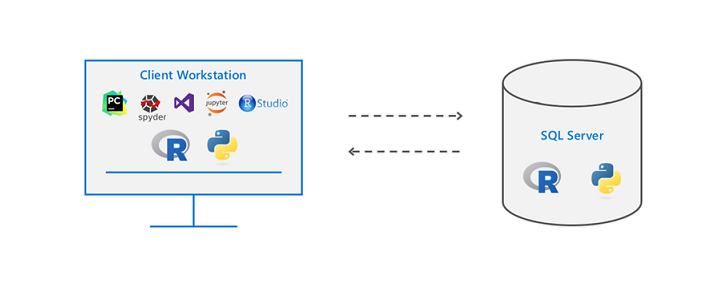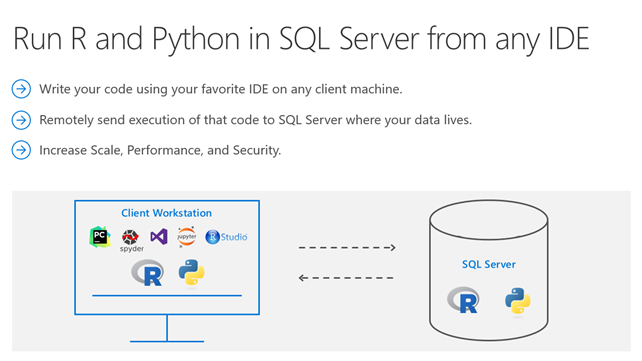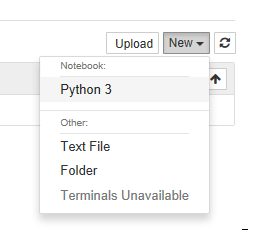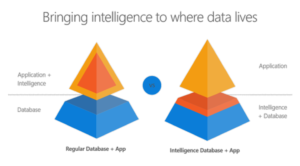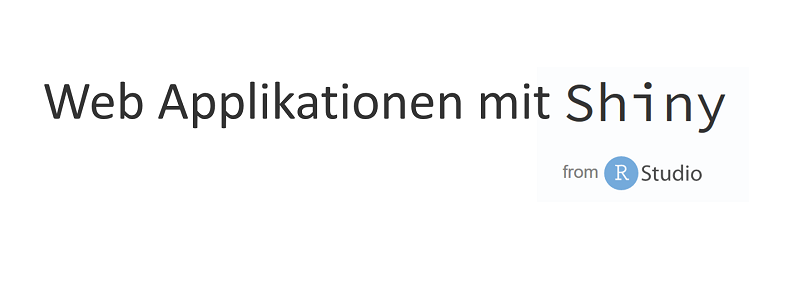Einführung und Vertiefung in R Statistics mit den Dortmunder R-Kursen!
Im Rahmen der Dortmunder R Kurse bieten wir unsere Expertise in Schulungen für die Programmiersprache R an. Zielgruppe unserer Fortbildungen sind nicht nur Statistiker, sondern auch Anwender jeder Fachrichtung aus Industrie und Forschungseinrichtungen, die mit R ihre Daten analysieren wollen. Die Dortmunder R-Kurse werden ausschließlich von Statistikern mit langjähriger Erfahrung angeboten. Die Referenten gehören zum engsten Kreis der internationalen R-Gemeinschaft. Die angebotenen Kurse haben sich vielfach national und international bewährt.
Unsere Termine für die Online-Durchführung in diesem Jahr:
8., 9. und 10. Juni: R-Basiskurs (jeweils 9:00 – 14:00 Uhr)
22., 23., 24. und 25. Juni: R-Vertiefungskurs (jeweils 9:00 – 13:00 Uhr)
Kosten jeweils 750.00€, bei Buchung beider Kurse im Juni erhalten Sie einen Preisnachlass von 200€.
Zur Anmeldung gelangen Sie über den nachfolgenden Link:
https://www.zhb.tu-dortmund.de/zhb/wb/de/home/Seminare/Andere_Veranst/index.html
R Basiskurs
Das Seminar R Basiskurs für Anfänger findet am 8., 9. und 10. Juni 2020 statt. Den Teilnehmern wird der praxisrelevante Part der Programmiersprache näher gebracht, um so die Grundlagen zur ersten Datenanalyse — von Datensatz zu statistischen Kennzahlen und ersten Visualisierungen — zu schaffen. Anmeldeschluss ist der 25. Mai 2020.
Programm:
- Installation von R und zugehöriger Entwicklungsumgebung
- Grundlagen von R: Syntax, Datentypen, Operatoren, Funktionen, Indizierung
- R-Hilfe effektiv nutzen
- Ein- und Ausgabe von Daten
- Behandlung fehlender Werte
- Statistische Kennzahlen
- Visualisierung
R Vertiefungskurs
Das Seminar R-Vertiefungskurs für Fortgeschrittene findet am 22., 23., 24. und 25. Juni (jeweils von 9:00 – 13:00 Uhr) statt. Die Veranstaltung ist ideal für Teilnehmende mit ersten Vorkenntnissen, die ihre Analysen effizient mit R durchführen möchten. Anmeldeschluss ist der 11. Juni 2020.
Der Vertiefungskurs baut inhaltlich auf dem Basiskurs auf. Es besteht aber keine Verpflichtung, bei Besuch des Vertiefungskurses zuvor den Basiskurs zu absolvieren, wenn bereits entsprechende Vorkenntnisse in R vorhanden sind.
Programm:
- Eigene Funktionen, Schleifen vermeiden durch *apply
- Einführung in ggplot2 und dplyr
- Statistische Tests und Lineare Regression
- Dynamische Berichterstellung
- Angewandte Datenanalyse anhand von Fallbeispielen
Links zur Veranstaltung direkt:
R-Basiskurs: https://dortmunder-r-kurse.de/kurse/r-basiskurs/
R-Vertiefungskurs: https://dortmunder-r-kurse.de/kurse/r-vertiefungskurs/



